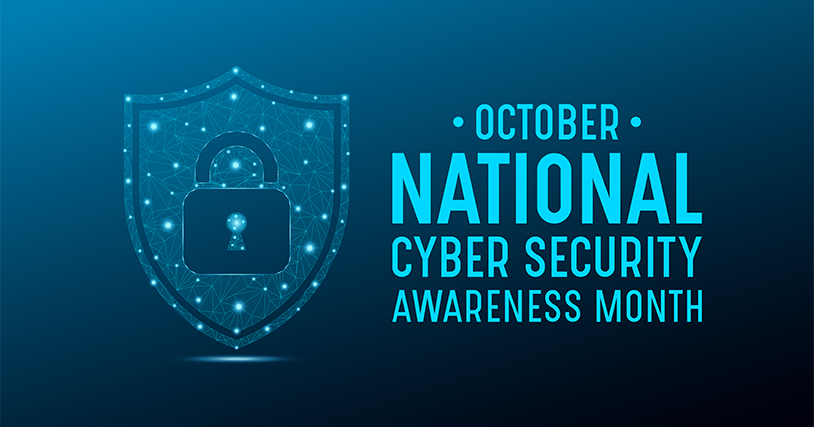Hughes

This October marks the 20th year of Cybersecurity Awareness Month, a month dedicated to collaboration between government and private industry to raise awareness about digital security and empower everyone––individuals and enterprises alike––to protect their personal data from digital forms of crime. This year, I developed a toolkit for cybercrime defense by curating a list of 10 blogposts written by Hughes thought leaders, each of which contains useful tips and resources for fighting cybercrime:
- What is Cybersecurity? –– With cyberattacks becoming increasingly more common, it is imperative that you understand the definition of “cybersecurity” and all it entails. Discover the six considerations your cybersecurity strategy should address.
- Is Alert Fatigue Compromising Your Cybersecurity? –– Cyber criminals are an opportunistic lot. They’re not working 9-to-5. They’re relentless, aggressive and inventive, on the hunt for vulnerable networks 24/7. It stands to reason then, that businesses of all sizes must monitor their networks for threats and alerts around the clock. Yet, the sheer volume of threats is causing a dangerous trend: “Alert Fatigue.” Read more about what happens when security teams are inundated with alerts and don’t have the time to analyze or prioritize them all.
- Five Cybersecurity Tips for Every Type of Enterprise –– At multiple trade shows over the past few months across a variety of industries, a common theme emerged: Cybersecurity remains a top priority, no matter the industry, the type of business or the size, or whether a company has its own internal security team or relies on an outsourced Managed Security Services Provider (MSSP). Learn five tips for protecting your business.
- Aligning Cybersecurity to Retailer Requirements –– When it comes to cybersecurity, for many retailers an all-encompassing overview and plan can be a daunting undertaking. This is where a tiered or flexible approach to securing enterprise systems and data can be an effective strategy. Find out the three levels of protection available.
- On the Frontlines with the Security Operations Center (SOC) Analysts Fighting Cyber Threats –– In the time it will take you to read this blog post, threat actors will target the cybersecurity infrastructure of roughly eight businesses––one attack every 39 seconds. Discover a day in the life of a SOC analyst.
- Three Essentials of a Comprehensive Secure Access Service Edge (SASE) Solution ––SASE is top of mind for many businesses these days, understandably so as it is a scalable, elastic and flexible network architecture. Read this post to uncover three components of a SASE solution.
- Among the Cybersecurity Options Available to Enterprises, the Importance of This One May Surprise You –– With so many cybersecurity services, platforms and tools available today, we wondered which of them business leaders would prioritize if they had to choose. So, we polled our LinkedIn community. Find out which tools are considered most important to effectively implement a cybersecurity program.
- MDR, EDR, and XDR… What’s the Difference When it Comes to Cybersecurity? –– All three are popular mitigation techniques and can work independently or collectively. Here we break down the differences among these cybersecurity options.
- Four Tips on Network Security Practices from the MSSP Alert Live Event ––At a recent gathering of Managed Service Providers (MSPs), Managed Security Service Providers (MSSPs) and technology vendors, cybersecurity experts shared tips that could benefit businesses of all shapes, sizes and sectors. Read more.
- Three Advantages of Using a Multi-vendor Managed Security Services Provider (MSSP) ––While there are advantages to offloading tasks to third party vendors, the real benefit comes from employing a multi-vendor MSSP to help ward off cyber threats. Learn three reasons why a multi-vendor MSSP like Hughes can be a game changer.
Have questions or challenges related to cybersecurity that this go-to toolkit didn’t cover? Contact us.
Popular Insights